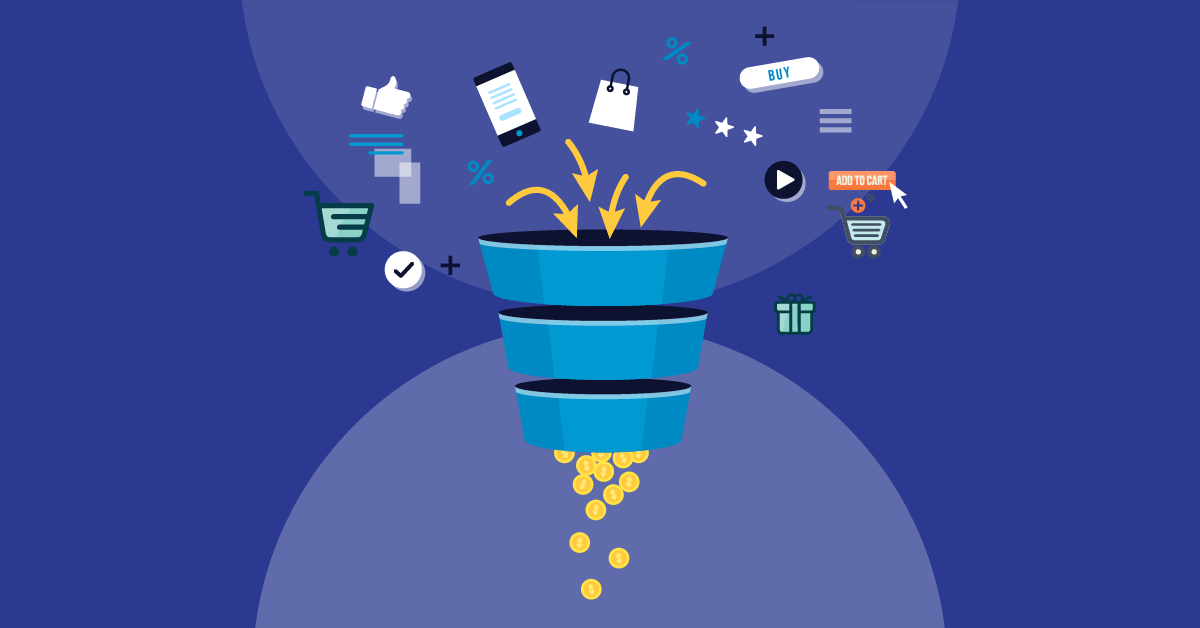A conversion funnel is a term commonly used in the e-commerce industry to describe various stages in a customer journey on the website.
The funnel highlights the gradual decrease in the number of potential customers as they pass through various stages along the conversion path.
A conversion funnel helps you understand why you’re not able to sell much.
To identify where you are lagging, you need to split the entire customer journey into many small steps or stages.
These steps will tell you exactly how many people tend to complete and how many drop off at each stage.
Now before we move further, here are a few terms you need to know about the conversion funnel.
- Conversion Rate is simply the number of people going from one stage to the other. It lets you know the number of people who have completed the whole journey. The more the better.
- The average time is the time people take in completing one step and reaching the other. It depends on several factors like a website’s loading time, easy navigation, etc. So, the lesser the time taken for completion, the better it will be.
- Sample size, a conversion funnel with a smaller size can’t be trusted. If you want to trust your data, you need to have a broader sample size.
Conversion Funnel – From Website Visits to Purchase
A simple classic e-commerce conversion funnel starts with a website visit and ends with a product purchase.
Here are the most common stages of an eCommerce conversion funnel and the reason why people why usually drop off at each stage.
Website Visit
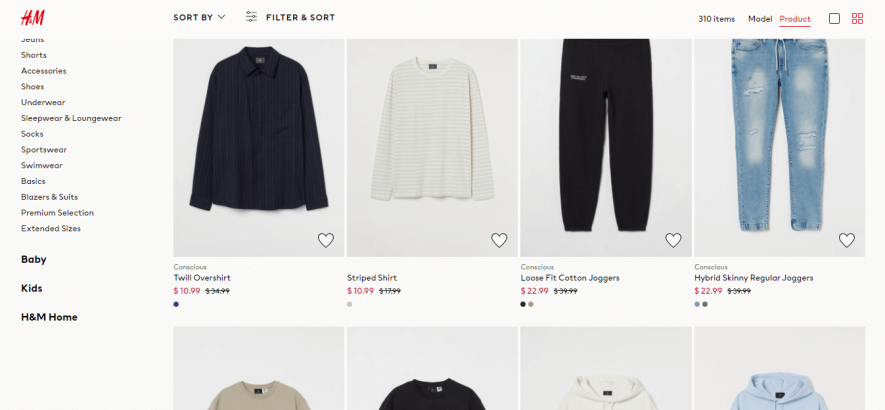
The very first step in a conversion funnel is when a user lands on the website.
You need to calculate the conversion rate on the total of website visitors.
At this very stage, a user forms the first impression of your website and that depends on several factors:
- How impressive is your website’s design
- How popular is your brand
- How fast your website loads
- How credible your brand looks
- How secure are the payment methods
- What others say about your website
If a lot of people are dropping off at this stage then there is a serious issue in your website’s design and you need to fix that first.
Here’s an amazing finding by Marketizator about the perception of an eCommerce store by a typical visitor, this will help you optimize your funnel for a better conversion rate.
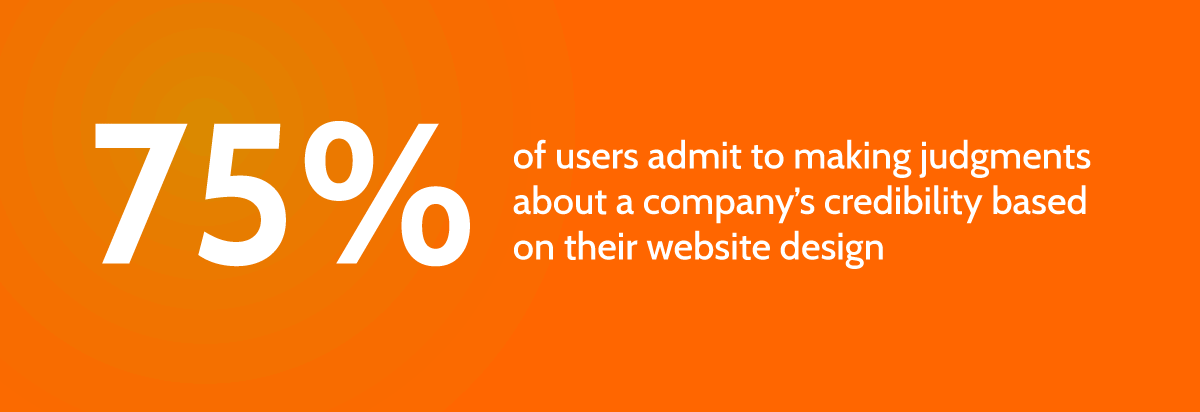
Viewing a Product

The second stage is when a visitor looks at a product.
The most common reasons why people are dropping off at this stage might be that they have landed on your website accidentally or clicked a wrong ad or a link in SERP results.
Website navigation can be a major problem in viewing a product.
Your website navigation is too poor or complicated that people are unable to find what they are looking for.
If a lot of people are dropping off at this stage then make sure that your website has a simple structure that is easy to navigate.
Having low-quality images of the products can make people leave your website even before they look at your products properly.
According to The Digital Marketer, people also drop off at this stage because they want to compare products, read reviews, or simply want more information on the product.
Add To Cart
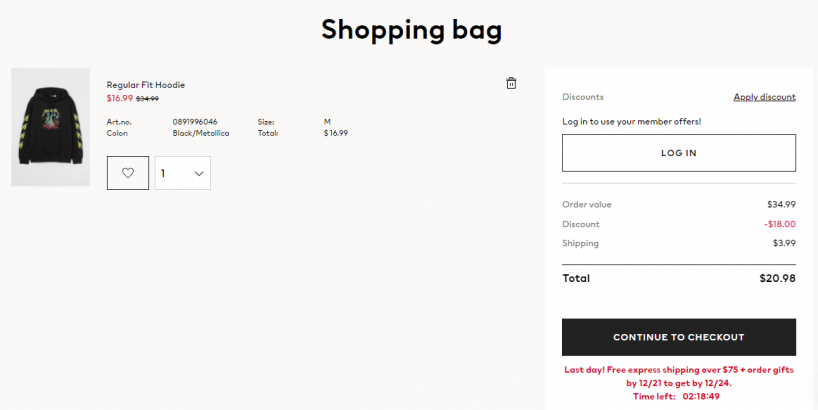
This is a very crucial stage, because, at this stage of the purchase funnel, a user shows the purchase intent for the very first time.
Only a very small percentage of people who viewed a product ends up adding it to the cart.
Here are some points to consider if you want people to add products to their carts.
Is your Add To Cart button is big enough and visible, are you using the right color scheme, do you offer variety in terms of size and color, are you offering better prices than your competition, do you have eye-catchy product images and compelling product descriptions, what kind of reviews you have from your current and existing customers.
A common reason why people drop off at this stage is that often people add products to their carts, only to buy later, so it creates an impression that a user has abandoned the cart.
It’s obvious to have some abandoned carts but still, there are a lot of things that you can focus on to minimize it.
Friendly reminders through emails and push notifications can drastically reduce the cart abandonment rate.
Now you know that the user wants to buy a product that’s why he’s added it to the cart, so to reduce the number of abandoned carts, you can offer discounts or other promotions to make him come back and complete the purchase.
The Checkout
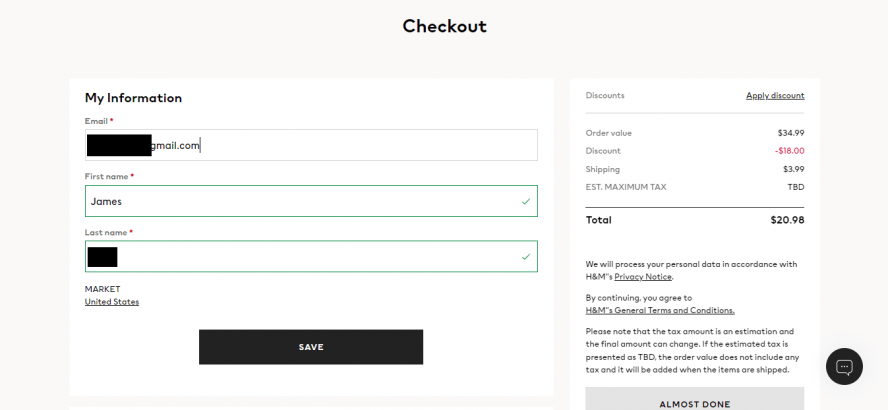
The final stage of your conversion funnel.
Initiating the checkout process indicates that a user is interested in purchasing your product.
So if a user is dropping off at this stage then there should be a solid reason for that. Maybe the shipping charges are too high, maybe you do not offer a secure and simple payment method, maybe there are hidden charges that show up at the end and make the user leave the website.
In this purchase funnel, each stage becomes more crucial as you move towards the end of the funnel.
While moving towards the end, you need to carefully look at every detail to smoothen the purchase process as much as possible.
There aren’t any proven benchmarks that can tell exactly what’s good and bad at every stage, parameters vary from industry to industry, that’s why here enters the segmentation.
Segmenting With a Conversion Funnel
A conversion funnel with similar stages on the same eCommerce store will work in varying degrees for different sources of traffic and categories.
That’s why we need to filter a conversion funnel to see the performance of a small group of customers. Here are some common examples:
Mobile Users Only: You can use this to see if mobile users behave differently from their desktop counterparts. Do they do more searching or directly buy from their mobiles, at what stage they are dropping off?
If you’re a high drop-off on mobiles then there might be a problem on your mobile website.
Users from specific geography: Users from different cities and countries behave differently. It is also obvious that your shipping charges vary from geography to geography as there might be strong competitors in the local circuit.
You can see all this data if you segment your conversion funnel by location which will help you better optimize it.
Users from a specific marketing channel: Some traffic sources bring little but high-quality traffic but some bring a ton of traffic but no conversions or very low conversions.
You can also filter your conversion funnel based on traffic sources. this will help you better optimize your marketing budget.
Segmenting the conversion funnel helps you fully analyze customer behavior. This will give you a clear picture of the customer journey and you’ll see the areas where there is a need for improvement.
These insights will help you understand how various traffic sources are performing so that you can focus on the ones that are performing better or have a chance of performing better. Also, it helps you to better optimize the advertising strategy and generate more ROI.
Comparing Conversion Funnels
Finding the benchmarks is not that easy but you can run a comparison between conversion funnels with the same stages to identify which one performs better and you can optimize your website accordingly to generate more revenue.
Here are some questions that you will get answers to by running a comparison of conversion funnels:
- Do users who watch a product video buy more than the user who just looks at static images?
- Do users who read the user reviews buy more than users who just read product specifications?
- Are users submitting positive product reviews more willing to go ahead with further purchases than those giving negative reviews?
Final Thoughts
You can’t improve something until you don’t analyze it. Track and assess what users are doing on your site, how they are navigating different sections and make changes to the website design if necessary and see if it affects the results or not and test, test, test till you find something that works best.
If you want to make the most out of your conversion funnel, take Wigzo’s Free Trial to benefit from e-commerce marketing automation.

